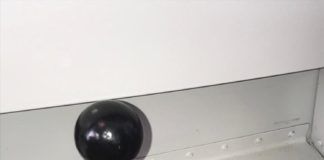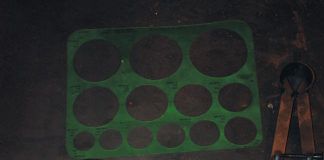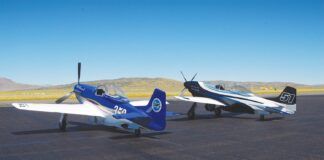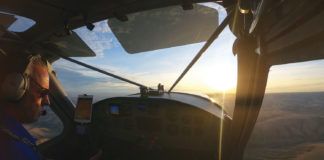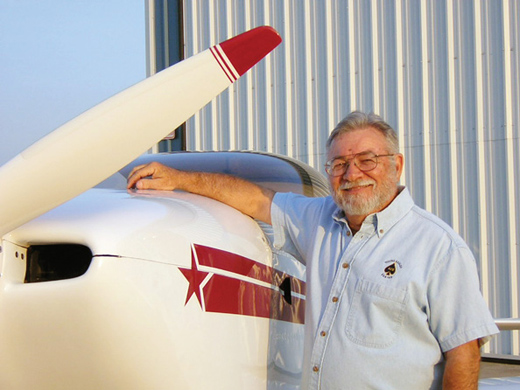
Question: If you already hold an A&P certificate, is there any hidden value in obtaining the repairman certificate for an Experimental/Amateur-Built aircraft?
Answer: If you are already an FAA certificated A&P mechanic, there is absolutely no advantage to acquiring the repairman certificate. I’ve heard a few people say that they wanted it so that if something happened, the FAA might pull that certificate but not their A&P certificate. That is false. If they were going to pull your repairman certificate for some reason, they wouldn’t leave you with your A&P.
Now just as a side note, be sure your mechanic certificate includes airframe and powerplant. Airframe only is not sufficient to sign off the condition inspection. Operating limitations require the condition inspection to be accomplished in accordance with FAR Part 43, Appendix D. This regulation includes inspection of the engine as well as the airframe.
Question: I am rebuilding a Cavalier 102.5 with a Corvair engine. I’ll also be converting from tailwheel to nosewheel, re-covering, adding a new panel, etc. I realize I will need to go 40 hours for Phase 1 testing. However do I, as the restorer, need to fly off all the hours myself or can the hours also be flown off by other “test pilots” under my direction?
Answer: Phase I flight testing may be done by anyone who is qualified to fly the aircraft. It is not limited to the owner, builder, or anyone in particular.
According to FAA registration records, the latest airworthiness certificate for your aircraft was issued in October 1993. Typical operating limitations back then required a recurrent airworthiness inspection after any major change. Changing the landing gear configuration is certainly considered a major change.
Again, read the op lims closely. They are the controlling document. On the plus side, the new operating limitations that will be issued with the new airworthiness certificate will allow you to place the aircraft back into Phase I without a new inspection down the road.
Question: I’m an engineer by training, and I want to design and build a wing for testing a new airfoil design. I would like to mount this wing on a fuselage from a certificated airplane, which means that I will not be building the fuselage. Will I be able to get an Experimental airworthiness certificate for this airframe considering the amount of design, time, and effort I’ll be putting into the endeavor?
Answer: Unfortunately this aircraft will never qualify as Experimental/Amateur-Built. Your best route would probably be to license it in either the Experimental Exhibition or Experimental Research and Development category.
I suggest you get in touch with your local Flight Standards District Office (FSDO). They should be able to give you some guidance. Since I deal only with Experimental/Amateur-Built and Special and Experimental Light Sport Aircraft, I don’t want to step out of my area of expertise and possibly give you erroneous information.
Please send your questions for DAR Asberry to [email protected] with “Ask the DAR” in the subject line.

![]()
Mel Asberry is an experienced Designated Airworthiness Representative specializing in Experimental/Amateur-Built aircraft. He and his wife, Ann, have built seven amateur-built airplanes including two ultralight types, a Moni Motorglider, a Dragonfly Mk2, two RV-6s and a Zenair CH 601HDS. They are currently building a scratch-built biplane.








